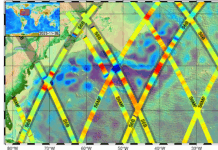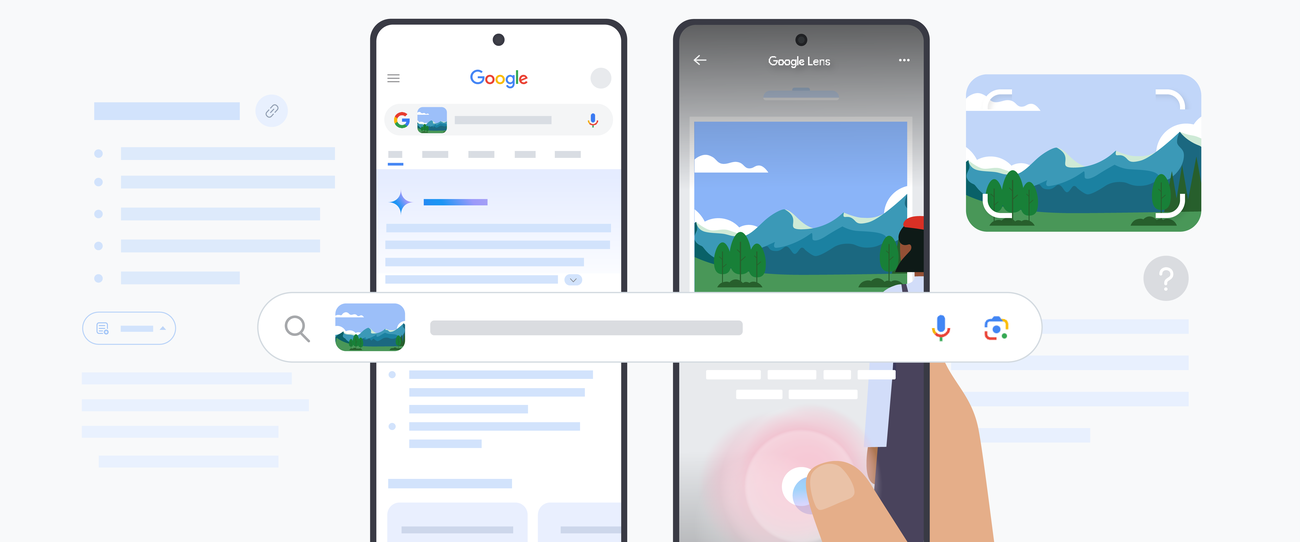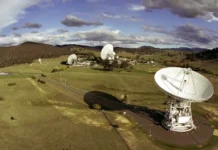In today’s fast-paced digital age, technology continues to redefine how we interact with the world around us. An innovative tool that is making waves in this regard is Google Lens, an integral feature available in the Google app for both Android and iOS devices. This powerful tool empowers users to search and learn about their surroundings simply by using their smartphone camera. Whether you’re a novice to Google Lens or eager to explore new functionalities, this guide will walk you through some of the most compelling ways that Lens can enhance your understanding of the world.
### Point Your Camera and Ask a Question
Imagine standing in a museum, captivated by a piece of art, but with little information about its background or significance. This is where Google Lens comes into play. By simply pointing your camera at the object in question, you can ask Google Lens for more information. This feature transcends the basic visual recognition capabilities found in earlier versions, thanks to the incorporation of artificial intelligence.
When you engage with Lens in this way, it provides an AI Overview—a concise snapshot containing key facts and data about the subject, along with links to additional resources on the internet for deeper exploration. This is particularly useful for learners and curious minds seeking to expand their knowledge base on a wide range of topics, from art and history to science and nature.
For those who prefer a more interactive approach, Google Lens also allows you to vocalize your inquiries. While taking a photo, you can ask questions out loud, much like you would when engaging in a conversation with a knowledgeable friend. This feature not only makes the process more intuitive but also adds a layer of accessibility for users who may have difficulty typing or prefer voice interaction.
### Unpacking the Technology Behind Google Lens
To appreciate the power of Google Lens, it’s essential to understand the underlying technology that drives it. At its core, Google Lens leverages advanced image recognition algorithms and artificial intelligence to analyze and interpret visual data captured through a device’s camera. This technology identifies objects, text, and even specific landmarks, providing users with relevant information and context that enhances their understanding.
The AI component of Google Lens is particularly noteworthy. It utilizes machine learning models that have been trained on vast datasets to recognize patterns and make informed predictions about the images it processes. This allows Lens to not only identify what is captured in the frame but also to offer insights and suggestions based on a comprehensive understanding of the content.
### Expanding Your Knowledge with Google Lens
Google Lens is not just a tool for identifying objects; it is a gateway to a wealth of information that can enrich your daily experiences. Here are a few examples of how you can harness the power of Google Lens in various scenarios:
#### Translate Text Instantly
Traveling to a foreign country can be daunting, especially when faced with language barriers. Google Lens addresses this challenge by providing instant translations of text captured through your camera. Whether it’s a road sign, a menu, or a product label, you can point your camera at the text and receive a real-time translation in your preferred language. This feature is invaluable for travelers and language learners alike, offering a seamless way to navigate unfamiliar environments.
#### Discover Product Details
Shopping for products, whether online or in-store, often involves research to make informed purchasing decisions. Google Lens simplifies this process by allowing you to scan barcodes or product images to retrieve detailed information, including reviews, price comparisons, and specifications. This functionality empowers consumers to make smarter choices by providing them with all the necessary data at their fingertips.
#### Identify Plants and Animals
Nature enthusiasts and budding botanists will find Google Lens particularly useful for identifying plants and animals. By photographing a plant or animal, users can quickly learn about its species, habitat, and other relevant details. This feature promotes environmental awareness and education, encouraging users to engage more deeply with the natural world.
### Enhancing Accessibility and User Experience
One of the most commendable aspects of Google Lens is its commitment to accessibility. By incorporating voice search capabilities and intuitive design, Google Lens ensures that users of all abilities can benefit from its features. This inclusive approach is a testament to Google’s dedication to making technology accessible and useful for everyone, regardless of physical or cognitive limitations.
The user experience is further enhanced by Google Lens’s seamless integration into the Google app. This means that users do not need to download a separate application to access these features; everything is conveniently housed within the existing app infrastructure. This integration streamlines the user journey, making it easier for individuals to access the information they need without unnecessary hurdles.
### The Future of Visual Search with Google Lens
As technology continues to evolve, so too will the capabilities of tools like Google Lens. The integration of AI and machine learning into everyday applications opens up a world of possibilities for how we interact with our environment. In the future, we can expect Google Lens to become even more sophisticated, offering enhanced accuracy, expanded functionalities, and deeper insights into the world around us.
In conclusion, Google Lens represents a significant leap forward in the realm of visual search and information retrieval. By transforming our smartphones into powerful tools for exploration and learning, Lens empowers users to engage with their surroundings in meaningful and impactful ways. Whether you’re seeking to translate foreign text, identify an unknown plant, or simply satisfy your curiosity about a piece of art, Google Lens makes it all possible with just a few taps of your smartphone.
For more information on Google Lens and to explore its capabilities further, visit the official Google website.
For more Information, Refer to this article.


































